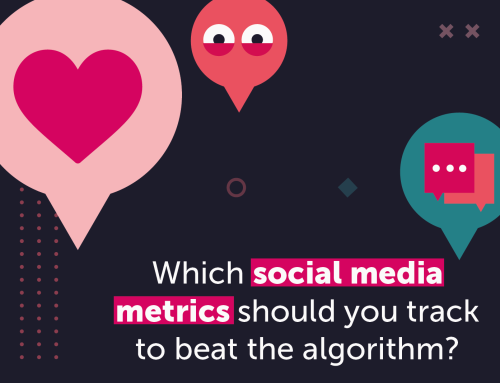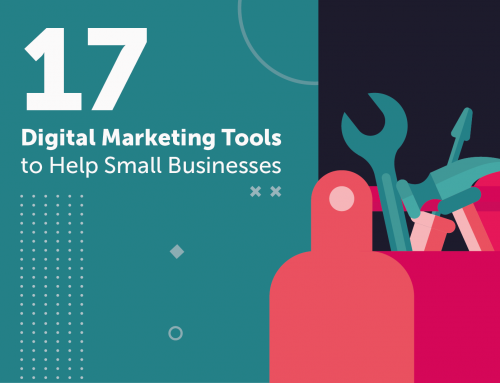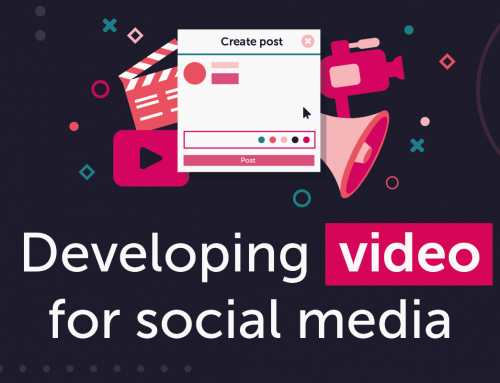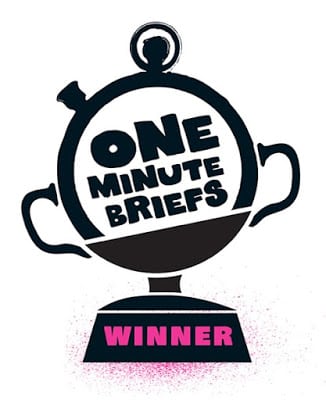It may not be the longest reigning social media network (that accolade goes to LinkedIn), the most popular with millennials and Gen Z (Instagram) or the best platform for real-time content (Twitter), but Facebook more than holds its own.
Facebook is still one of the most widely used social media platforms in the world, with 1.62 billion daily active users and counting (that’s just under a quarter of the entire global population!). And despite what you may think, Facebook isn’t just a place for posting baby pictures or your nan to leave cryptic comments on your status updates.
The social media platform also acts as a gateway for businesses to market their brand, products and services. Like most social media channels, Facebook is designed to help people converse, discuss and share content — and that goes for businesses and their customers too, not just friends and family.
A lot has changed since Facebook first entered the digital marketing scene, and the platform is constantly adding new features to help businesses tap into communities and drive engagement. So, let’s take a closer look at some of these key features…
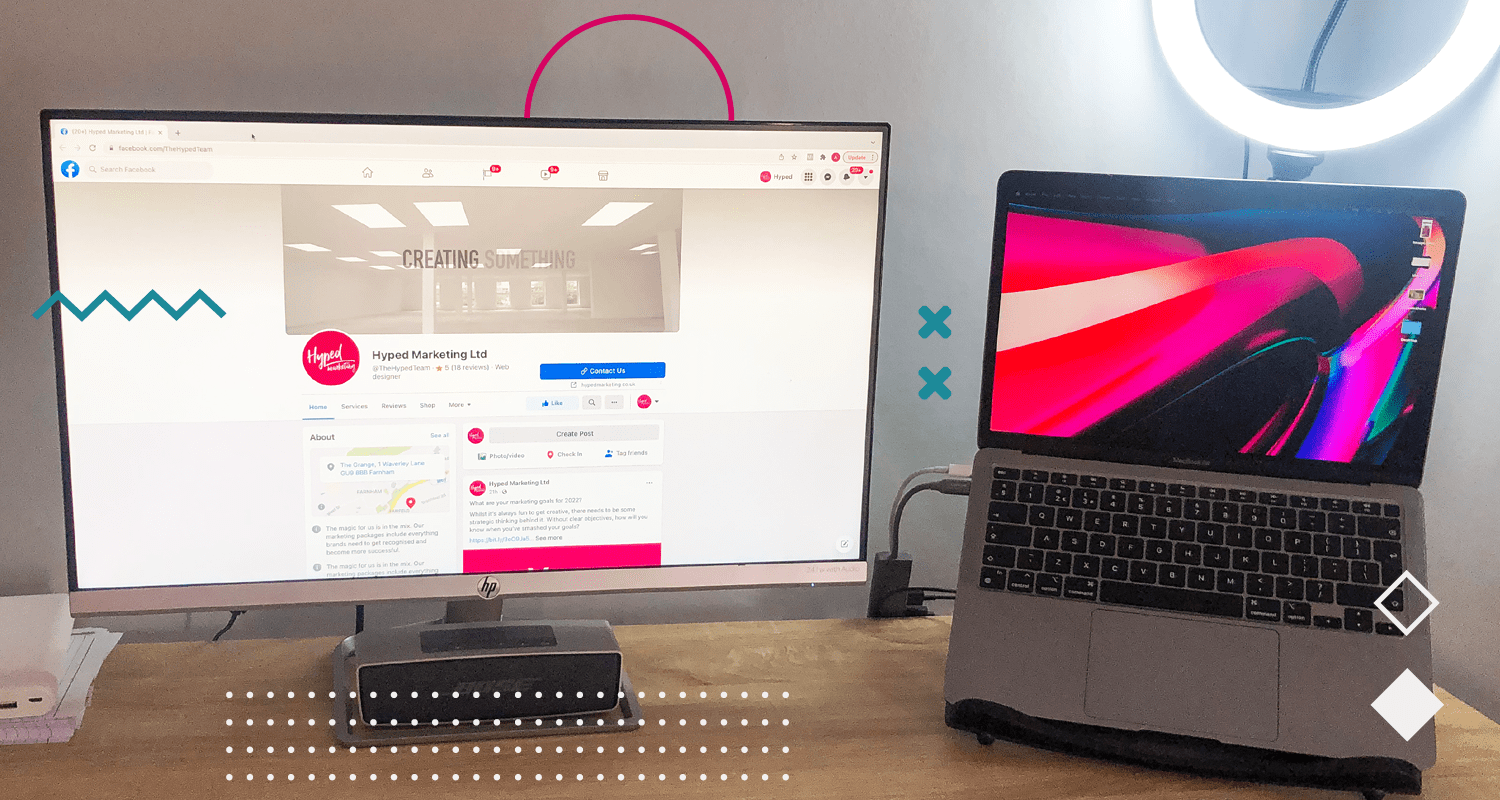
The features: how to post
There are lots of different types of posts you can create on Facebook — ranging from status updates to Stories and posts in Groups. Each feature has its benefits, allowing you to spark engagement in different ways.
Here are some of the different options you have for posting on Facebook…
Text/status post
Let’s start with the humble status post. No visuals – just straight-up text. These types of posts are excellent for asking questions or sharing important snippets of info (such as your opening hours). What they aren’t so good at is driving traffic to your site or helping you convert leads into sales.
Plus, Facebook’s algorithm isn’t a big fan of these direct and to-the-point posts, so use them sparingly!
Link post
These types of posts are a great way to share content with your followers — either from your website or other sources. For example, you could share a link to your latest blog post or an article from an industry-relevant publication that you think your followers would find interesting or useful. Just make sure you give readers a bit of context by adding a few words to the post to accompany the link.
It’s also worth noting that although link posts get more engagement than plain text ones, they get considerably less than photos or videos.
Photo post
Photo posts typically see much higher engagement (4.36%) than link (2.78%) or status posts (1.66%). And when we say ‘photo’, we mean any image, such as a photograph, illustration or infographic. You could even turn text into a beautifully designed image using different fonts or colours to make it visually appealing and attention-grabbing.
Video post
Video is the king of engagement on Facebook, sitting at 6.04%. From explainer videos and demos to behind-the-scenes footage or day-in-the-life videos, Facebook’s algorithm now prioritises longer videos in users’ news feeds (the ones people actually watch, of course).
So, how do you ensure your videos capture users’ attention straight away? Keep in mind that Facebook auto-plays videos in the Feed, so you’ll want to make sure the first few seconds are prime content. If a Facebook video is watched for longer than three seconds, it counts as a view. If the video is watched for longer than 10 seconds, it means that viewers are actively digesting and receiving your content, which will help to bump you up in the algorithm.
And remember: square videos are 78% more popular than landscape videos in mobile news feeds. Since the majority of Facebooks users are viewing from a mobile device, it’s worth setting up your videos with this stat in mind. A staggering 92% of consumers also watch videos with the sound off (Facebook auto-plays videos without sound), so it’s essential to ensure you’ve turned on subtitles or captions for your videos.
Live video post
Feeling brave? Facebook also loves LIVE video content. These live-stream broadcasts have grown in popularity recently, with viewership increasing by 50% in 2020.
Live broadcasts are an intimate, authentic way to connect with followers — ideal for things like Q&As, product demos and behind-the-scenes tours. And if you’re not the confident, spontaneous type, don’t worry; going ‘Live’ doesn’t mean you can’t plan the content (at least partially) beforehand.
Stories
Similar to Instagram Stories, Facebook Stories are short photo or video posts that disappear after 24 hours. These posts appear in vertical format at the top of the Feed — where the dreaded algorithm can’t get to them — making them a popular choice for many businesses.
Videos can be up to 20 seconds long, but photos only appear for five seconds.
Facebook ads
Advertising is how Facebook makes most of its money, and many companies use the platform to run paid ads. The social media giant has also rolled out a range of new ad features recently to keep up with the ever-evolving world of digital marketing.
With Facebook ads, you can easily define your target audience based on parameters such as interests, location, age and other demographics.
There are plenty of different ad types to choose from, including collection, video and Stories ads. Collection ads are basically a revamp of the classic carousel ads, which let you show off multiple products or services in one advert.
Each ad type has a slightly different specification and features, so it’s important to familiarise yourself with the specs before going ahead and creating your ad.
Bonus features
Did you know that you can pin any regular Facebook post to make sure it stays put at the top of your Page? Pinned posts are the first thing people see when they visit a Page, so it’s a great feature for highlighting important news or your favourite content. You can change your pinned post whenever and as often as you like.
Facebook Groups are a virtual community of people who want to share information and ideas on particular topics. You can either join existing Groups that are relevant to your industry (probably the best option if you’re just starting out) or create your own one (maybe wait until you have a bit of a following — you don’t want to be sat on your lonesome). Groups are a great way to showcase your expertise and drive engagement, as well as build trust amongst potential customers.
Businesses can also set up a chatbot through Facebook Messenger, allowing them to exchange messages with customers and answer any queries they may have. Chatbots offer an excellent opportunity to connect with customers in real-time; be warned, though, you’ll need to be super hot on responding as many users expect almost instant replies via these kinds of tools.
Content: what to post
Now that you’ve got an idea of the different posting options for Facebook, it’s time to create some content!
The type of content you produce will, of course, depend on who you’re trying to target. So, make sure you know exactly who your target audience is (it often helps to picture them as one person — give them a name if you like). Facebook also has a nifty Audience Insights tool, which allows you to find out info about their age, gender, location and much more.
Before you get cracking on your content, it’s also essential to set some goals to guide you. Likes and Shares are all well and good if you’re hoping to increase brand awareness, but if your ultimate goal is to boost revenue, you’ll need to think about how you can convert those Likes into leads and, finally, sales.
Stick to the rules
As a general content guide, there are typically two rules you can follow: the 80–20 Rule or the Rule of Thirds.
The 80–20 Rule means limiting the promotional stuff to just 20% and making the rest of your content (the other 80%) informative, educational or entertaining. Remember: you want to add value, not toot your own horn all the time.
The Rule of Thirds follows a similar school of thought. One-third of your content should share ideas, info, news and stories; one-third should involve personal interactions and conversations with your followers; the remaining third can then be used to promote your business.
Whichever rule you follow, the key thing to remember is that no one likes a try-hard. Especially not Facebook’s algorithm. So, make sure you strike the right balance between promotional and valuable content.
You’ll also need to decide when to post. A quick Google will throw up loads of articles telling you when the optimum time for posting on Facebook is. Although these articles might be a good place to start, don’t take them as gospel. The best way to find out your optimum posting time? Look at your own data and followers.
Feeling a little overwhelmed? Don’t worry; we’ve got you. There’s a lot to get your head around when it comes to social, and staying on top of it all can be pretty time-consuming. But it sure makes it easier when you’ve got a proper social media marketing strategy to follow…

